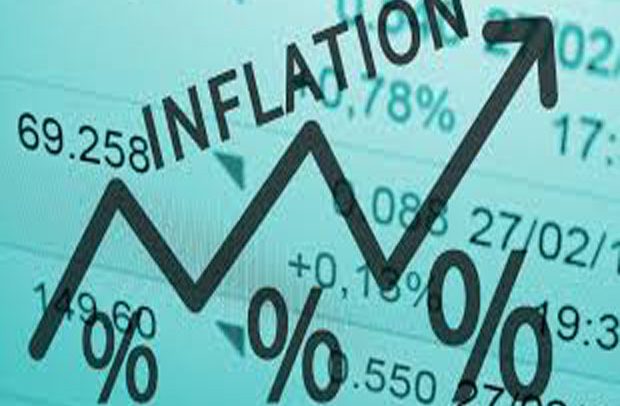
By Juliet ETEFE ([email protected])
Producer Price Inflation (PPI) rose slightly to 3.2 percent in September 2025, up from 3.0 percent in August according to latest figures from the Ghana Statistical Service (GSS).
The PPI index measures average change over time of prices received by domestic producers at the factory gate for goods and services.
On a month-on-month basis, producer inflation slowed to 0.9 percent in September from 2.1 percent in August – reflecting reduced short-term price pressures across most major sectors.

Sectoral performance
The industry less construction group, which accounts for the largest share of the index – recorded 3.8 percent year-on-year inflation in September.
The construction sector posted 4.6 percent while services remained broadly flat, recording -0.1 percent. Recent trends suggest persistent sectoral divergence, with mining and energy shaping the aggregate movement even as some manufacturing sub-groups remain in disinflation.
Mining and quarrying, which carries a weight of 43.7 percent on the index, posted 5.0 percent inflation and contributed 2.2 percentage points to the overall 3.2 percent headline rate. The increase in mining sector inflation reflects cost movements for upstream extraction and service inputs to the sector.
Manufacturing – the second-largest component, with a weight of roughly 35 percent – recorded 1.7 percent inflation and contributed 0.6 percentage points.
Electricity and gas recorded the steepest increase among major industries at 9.0 percent year-on-year, contributing 0.4 percentage points. Within this, the electric power generation, transmission and distribution subcomponent rose even higher at 9.8 percent – highlighting persistent energy-related input cost pressures.
Water supply, sewerage and waste management recorded 3.1 percent inflation.
Construction posted 4.6 percent inflation, though its overall effect on the headline index remained limited due to its relatively smaller weighting. Within the services sector, transport and storage remained in contraction at -8.2 percent and dragged the overall services index into slight deflation.
Sub-sector developments
A deeper look at the subsectors reveals a highly uneven pricing environment across industrial activities.
In manufacturing, the manufacture of motor vehicles and trailers posted the highest inflation at 35.8 percent, followed by leather and related products at 35 percent. These categories continue to reflect imported input sensitivity, particularly in spare-parts and processed leather.
By contrast, basic metals recorded -13.6 percent inflation, reflecting price declines in steel and related materials. The divergence between heavy machinery-related price rises and metal feedstock deflation highlights structural pricing asymmetries within industry.
In mining, support service activities remained among the fastest-rising subsectors while crude oil and natural gas extraction continued to contract.
In services, the sharpest downward pressure came from land transport and logistics-linked activities, which have remained in persistent deflation for several months.
The post September producer inflation rises slightly to 3.2% appeared first on The Business & Financial Times.
Read Full Story























Facebook
Twitter
Pinterest
Instagram
Google+
YouTube
LinkedIn
RSS